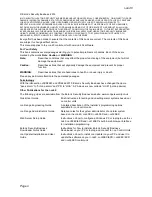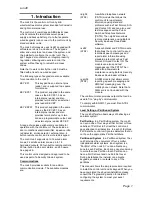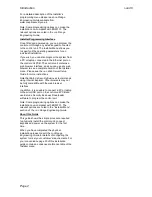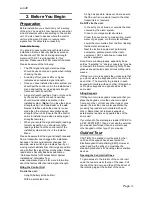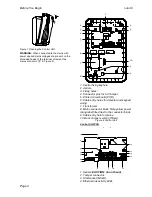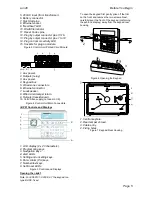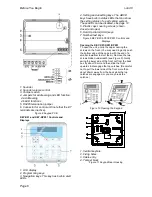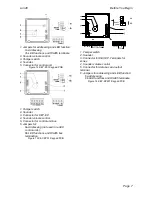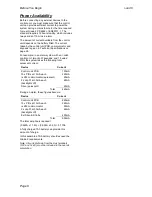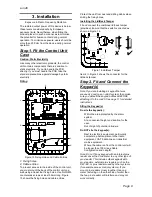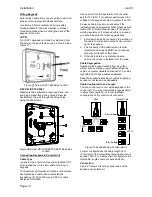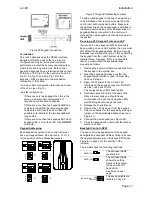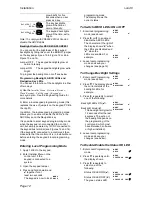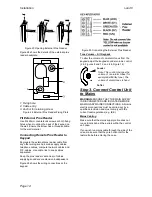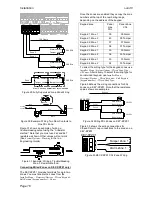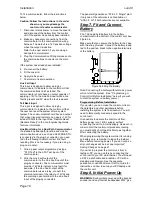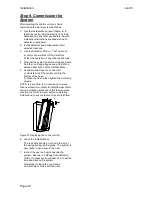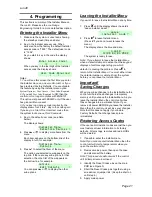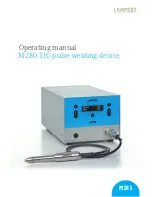
i-on40
Page 9
3. Installation
Exposure to Radio Frequency Radiation
The radiated output power of this device is below
those levels considered safe by European
exposure limits. Nevertheless, when fitting the
product place it in such a manner as to minimise
the potential for human contact during normal
operation. To minimise exposure, users should be
more than 200 mm from the device during normal
operation
Step 1. Fit the Control Unit
Case
Caution: Static Electricity
Like many other electronic products, the control
unit contains components that are sensitive to
static electricity. Try not to handle the PCB
directly. If you must handle the PCB, take the
standard precautions against damage by static
electricity.
Fitting
Figure 15 Fixing Holes and Cable Entries
1. Fixing holes.
2. Cable entries.
To prevent access to the inside of the control unit,
you must mount the back of the control unit on a
wall, using at least four fixing holes. Use No10/M5
countersunk screws at least 36mm long. Figure
15 shows the fixing holes and cable entries.
Protect the unit from dust and drilling debris when
drilling the fixing holes.
Installing the Lid/Back Tamper
Fit and connect the combined lid/back tamper
(provided). Ensure that the switch is oriented as
shown in Figure 16.
Figure 16 Lid/Back Tamper
Item 2 in Figure 3 shows the connector for the
lid/back tamper.
Step 2. Fit and Connect the
Keypad(s)
Note: If you are installing a keypad that was
previously used on an i-onEX system, then make
sure you default the keypad address BEFORE
attaching it to the i-on40. See page 11 for detailed
instructions.
Siting the Keypad(s)
Do site the keypad(s):
Within the area protected by the alarm
system.
At a convenient height and location for the
user.
Out of sight of potential intruders.
Do NOT site the keypad(s):
Next to electronic equipment, particularly
computers, photocopiers or other radio
equipment, CAT 5 data lines or industrial
mains equipment.
Where the cable run from the control unit will
be longer than 100m (see Cable
Configuration and Length).
Note: Do not fit any keypad with an internal prox
reader closer than one meter to any other type of
prox reader. This includes other keypads with
prox readers, external prox readers such as the
KEY-EP, or prox readers used by other systems
(for example access control systems). If you
mount prox readers closer together than one
meter (including on the other side of walls) then
the two prox readers will interfere and may not
work correctly.
1
1
2
1
1
2


